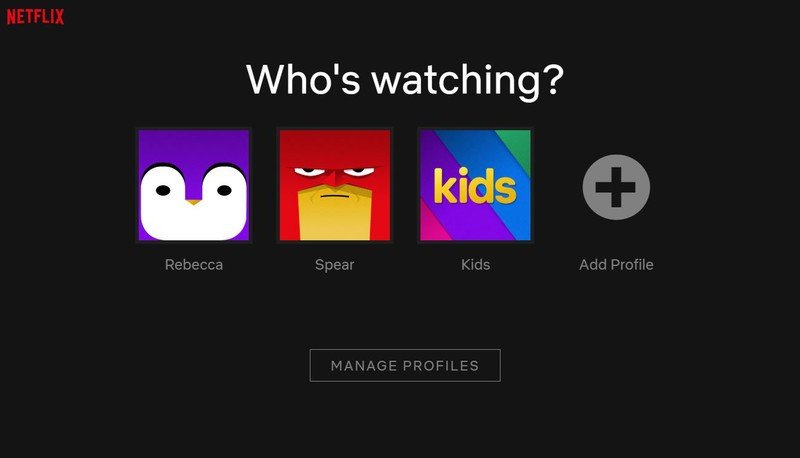Will last-gen Galaxy and Pixel Watches die this year...and should they?
The Galaxy Watch 4 gets "four years of major updates" but may not get One UI 8 Watch. Does it matter if Wear OS can't match WatchOS?
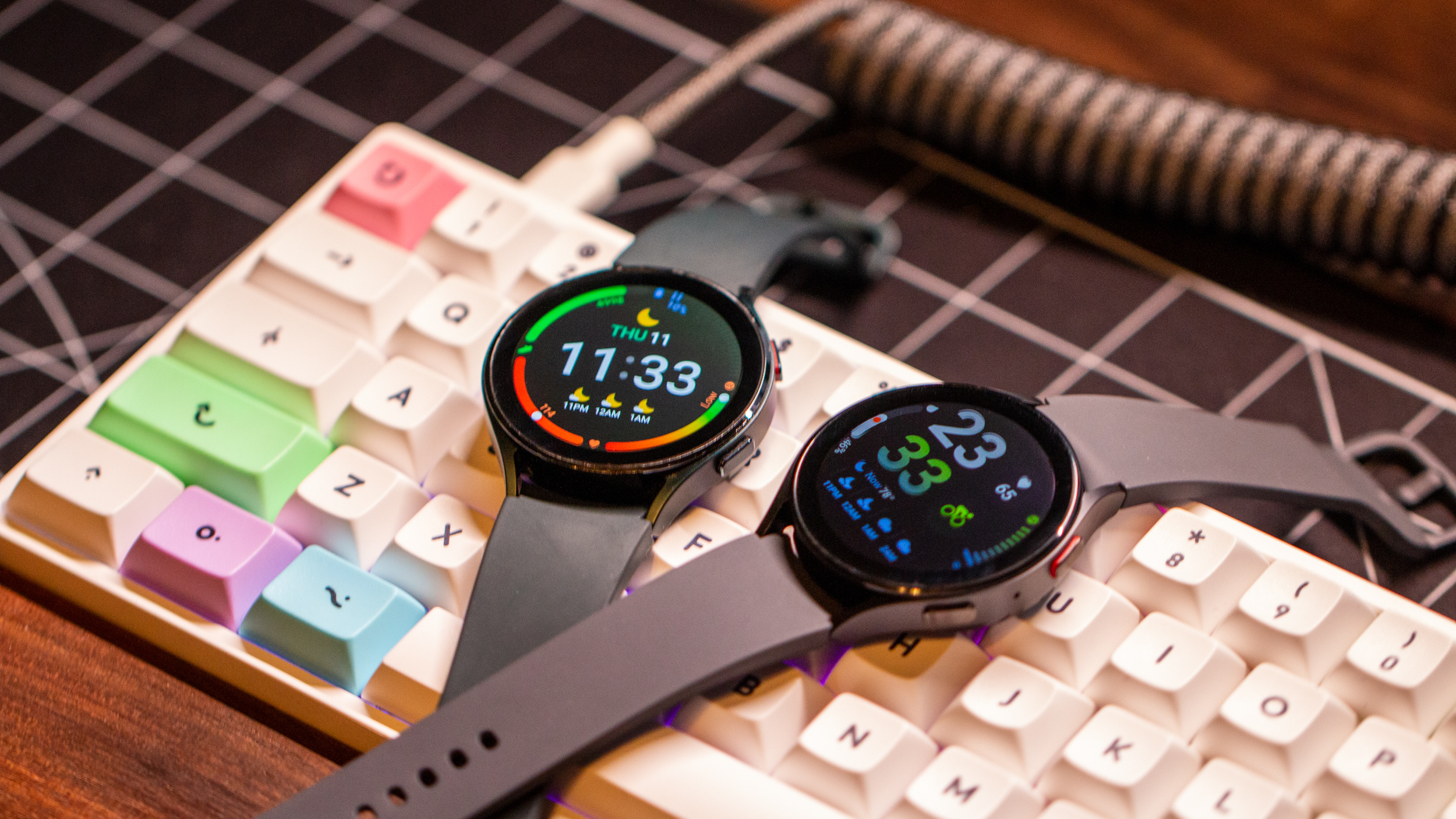
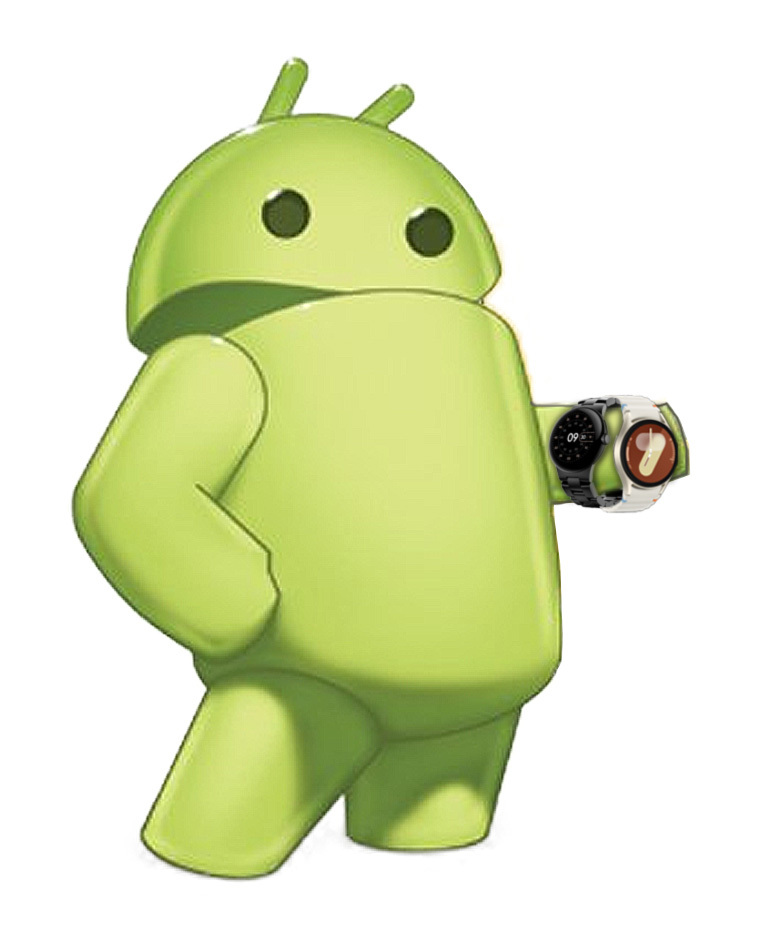
My weekly column focuses on the state of Wear OS, from new developments and updates to the latest apps and features we want to highlight.
The One UI Watch 8 beta arrives later this month with exciting health, sleep, fitness, and nutritional tools. Unfortunately, only the Galaxy Watch 5 or later can run it. Will the Galaxy Watch 4 receive the stable version eventually, or is it stuck with Wear OS 5? The answer to that question will be an important one for Wear OS as a whole.
Samsung has promised "four years of major updates" in press releases since the Galaxy Watch 4 launched back in summer 2021 with Wear OS 3. After updates to Wear OS 3.5, 4, and 5 over the last three years, we naturally assumed that Wear OS 6 would be its fourth update (and last hurrah).
But last year, the Galaxy Watch 4 took until December 2024 to get One UI 6 Watch. This December would fall outside the Galaxy Watch 4's four-year window.
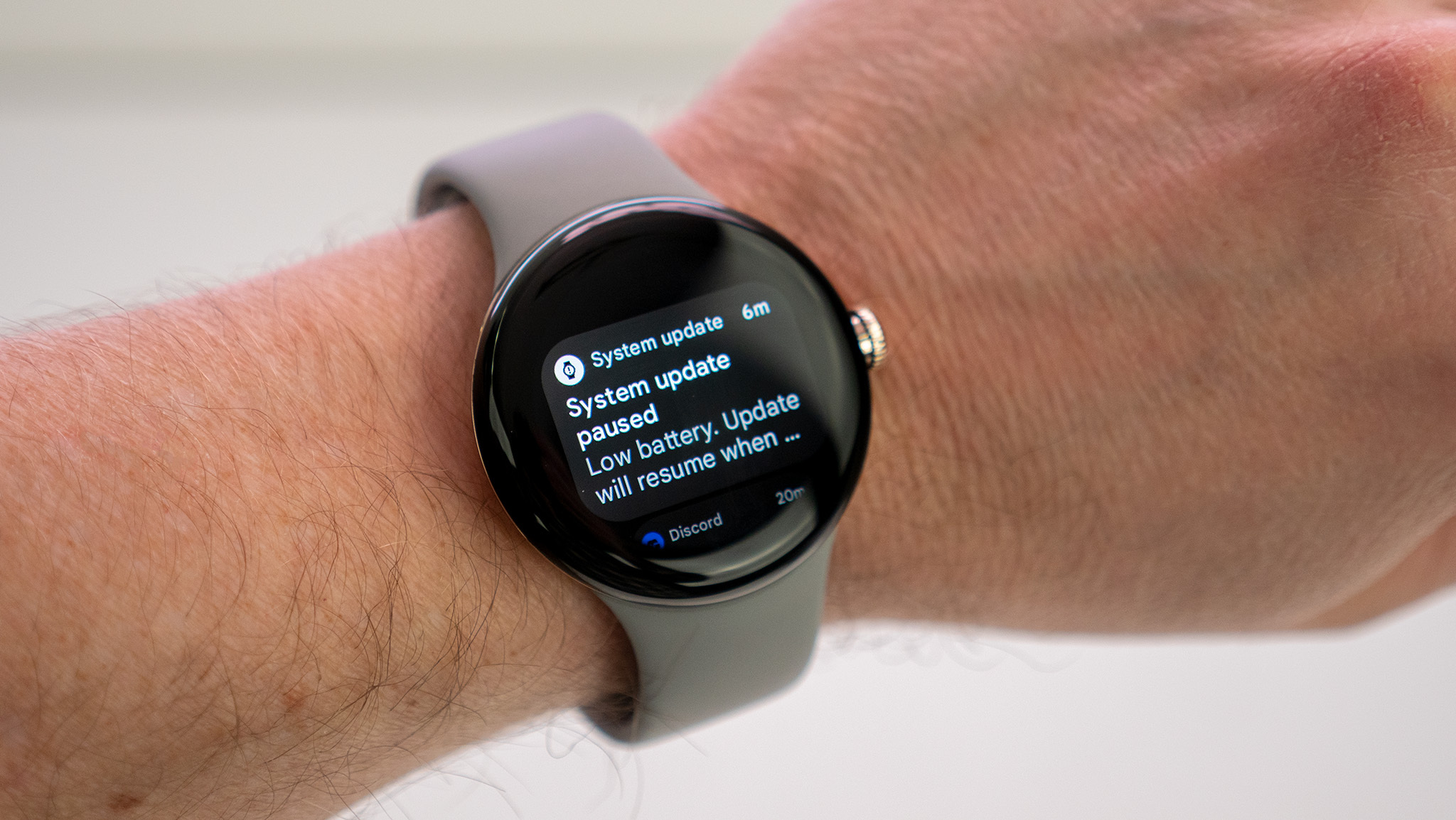
Google, meanwhile, promises "at least three years" of updates for its Pixel Watches, "from when the device first became available on the Google Store," which takes the 2022 Pixel Watch to October 2025.
Google is speedier than Samsung at delivering version updates to last-gen models, so Wear OS 6 in October is very possible. But Google didn't promise years of "major" updates like Samsung did. It could run out the clock with Watch 1 security updates.
We can only extrapolate so much from a single Samsung beta software announcement. But later this year, the ambiguity will be cleared up and we'll know exactly how long Wear OS watches stay at the cutting edge of software tricks. And whether they get two, three, or four OS updates, we'll have to decide if that's enough.
Do Wear OS watches need to live up to Apple Watches for longevity?
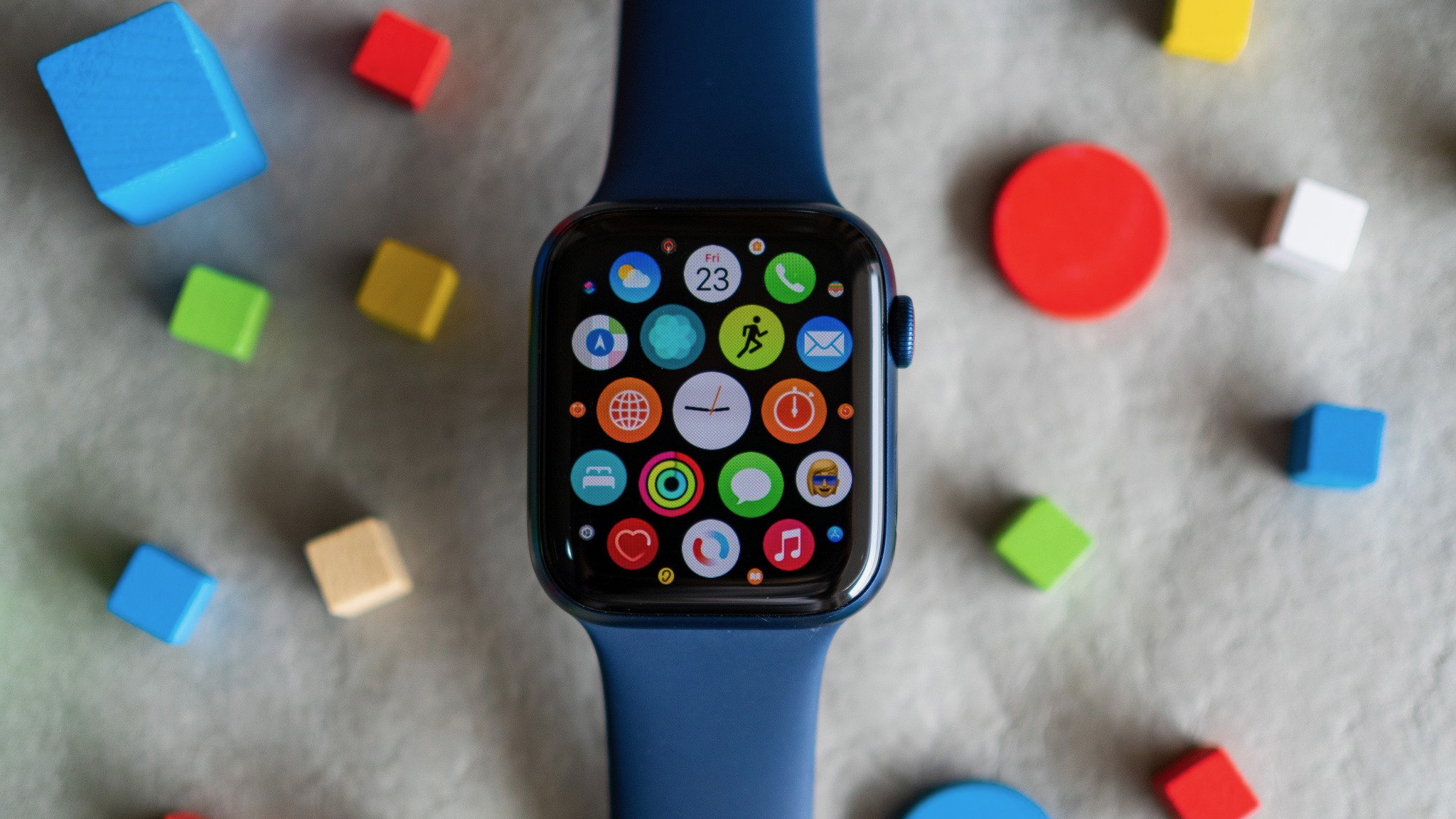
Later this year, the 2020 Apple Watch Series 6 will get watchOS 26. That should be the final major update, though Apple may offer the occasional major security patch. So how should 2021 Galaxy Watch 4 or 2022 Pixel Watch buyers feel?
Get the latest news from Android Central, your trusted companion in the world of Android
Apple's unspoken five-year commitment to watches is rare. Garmin watches are known for their longevity, but new features usually taper off after one or two years — and some fitness watches are stuck with the features advertised at launch.
As with its phones, Apple produces its watch silicon, making it easier to design features to work across generations because it controls the architecture. But since Samsung makes its own Exynos chips for Galaxy Watches, you'd think they'd get the same benefits.
Considering you can buy a Galaxy A16 5G for $100 less than a Galaxy Watch 7 and get six years of OS updates, it's not a matter of watches being too cheap to deserve support.
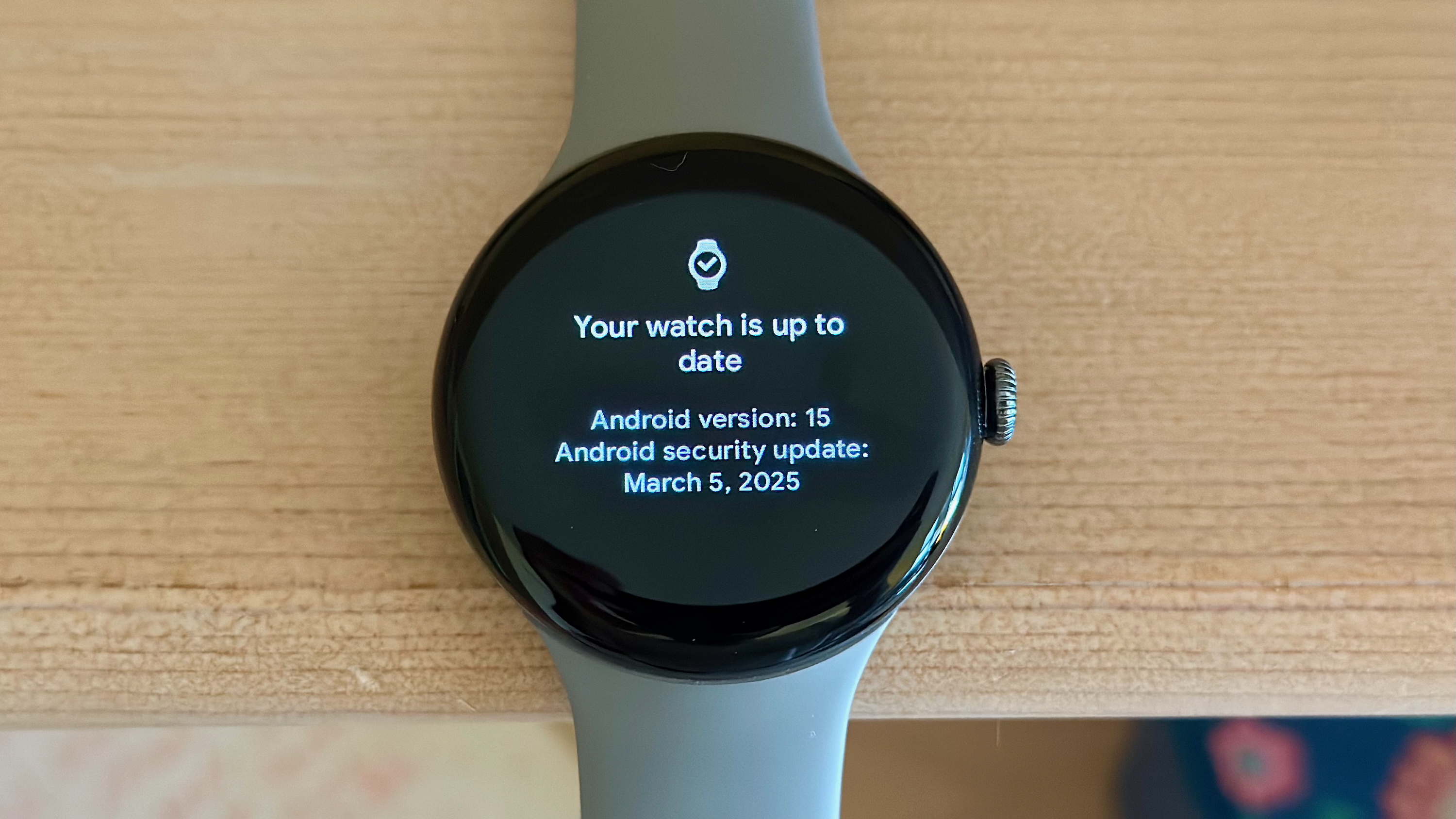
Even a cheap phone will have 3–4X the RAM and three or four more ARM Cortex cores than your typical smartwatch SoC. Samsung has more headroom and better thermal solutions with the A16 than a Galaxy Watch optimized for max battery life. And any new Wear OS feature added could imbalance the entire system.
Just in the past year, we've seen how Google had to roll back Wear OS 5 and then fix major bugs with Wear OS 5.1. Google wants to refresh its watches with new features at a quarterly cadence, but has trouble executing.
Maybe once Qualcomm delivers its new Snapdragon Wear chip or Pixel Watches switch to RISC-V, they'll have the capacity to last longer. Plus, cutting off the Pixel Watch's 2018 Exynos 9110 chip frees Google to get more ambitious with Wear OS 6, making new buyers happier but leaving original customers in the lurch.
Do you care how long your Wear OS watch lasts?
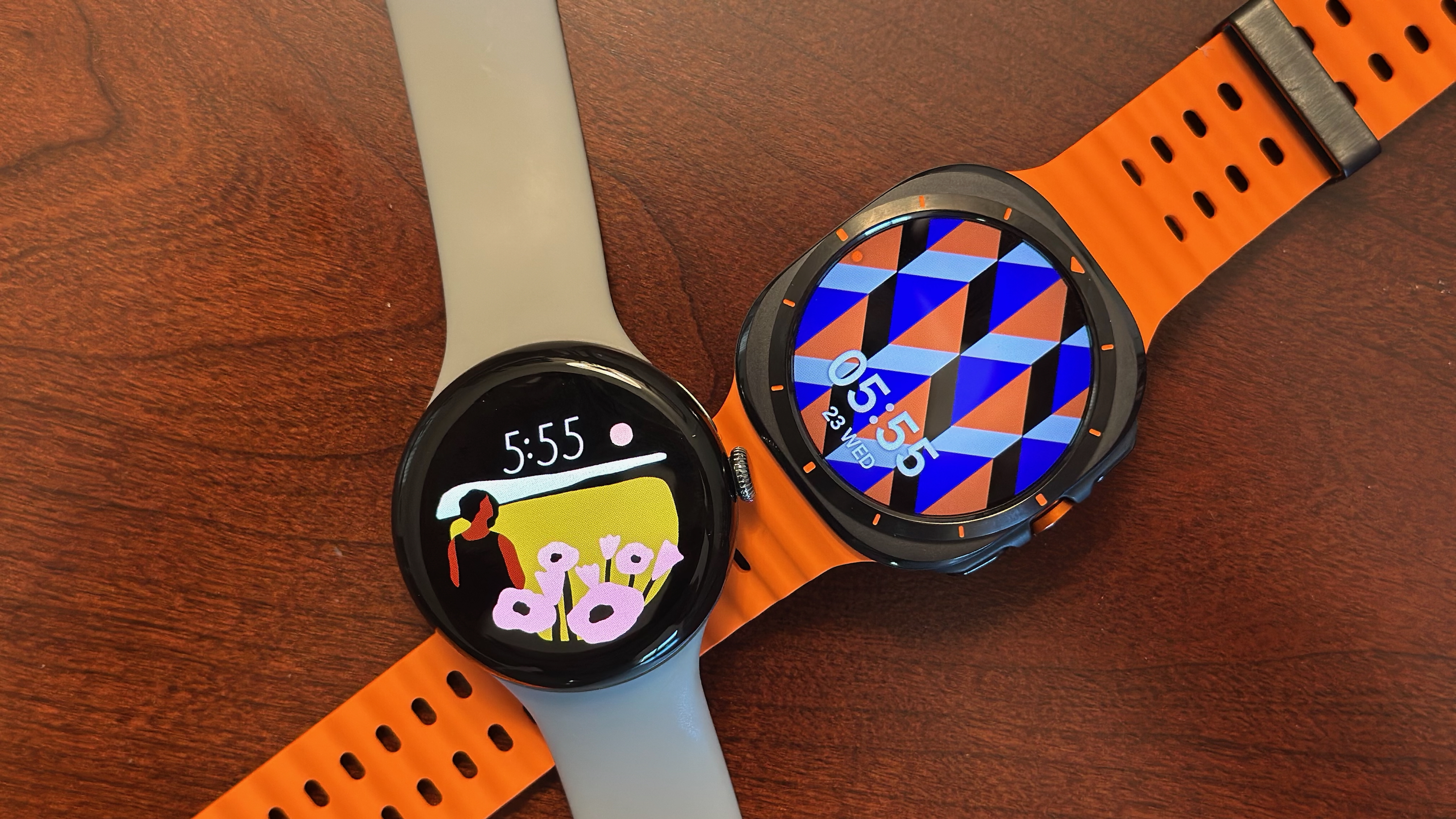
There's a full spectrum of Wear OS watches in terms of software support. Mobvoi watches are still on Wear OS 4 and lack Google Assistant; OnePlus promises two OS updates and three years of security, but takes a year longer than Google to deliver to last-gen watches; and then there's Google and Samsung leading the charge.
Frankly, any smartwatch from 2022 or earlier will have significant downgrades from current models in terms of display quality, health sensors, and performance speed. So should customers be expected to upgrade so that Samsung and Google can evolve past old tech, or should they expect the right to get new features for four years?
As someone who usually gets the latest watch tech every year, I'm spoiled with instant access to new features, and therefore expect them. So I'm curious how much you (the reader) care about these updates.
Would you be upset if your Galaxy Watch 4 couldn't access Vascular Load, Running Coach, Antioxidant Index, and other tools from One UI 8 Watch? Or if your Pixel Watch 1 didn't get Material 3 Expressive, third-party watch face apps, dynamic theming, and battery optimizations from Wear OS 6?
Or are you okay with the expectation that you'll need to upgrade to a new watch every 2–3 years for major UI upgrades or Gemini?

Michael is Android Central's resident expert on wearables and fitness. Before joining Android Central, he freelanced for years at Techradar, Wareable, Windows Central, and Digital Trends. Channeling his love of running, he established himself as an expert on fitness watches, testing and reviewing models from Garmin, Fitbit, Samsung, Apple, COROS, Polar, Amazfit, Suunto, and more.
You must confirm your public display name before commenting
Please logout and then login again, you will then be prompted to enter your display name.
